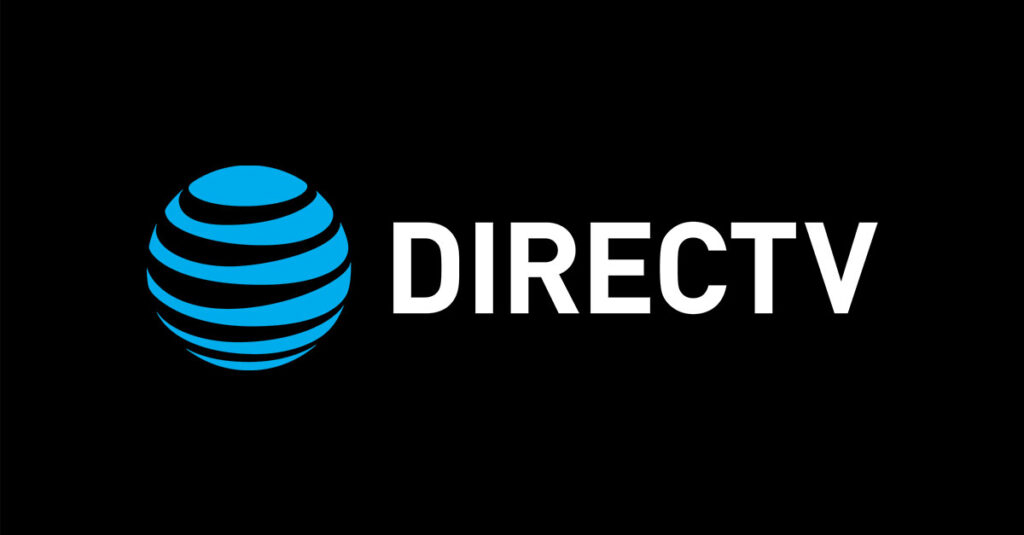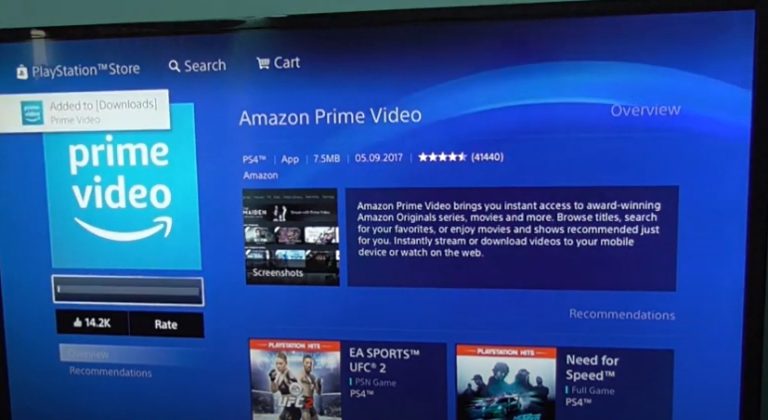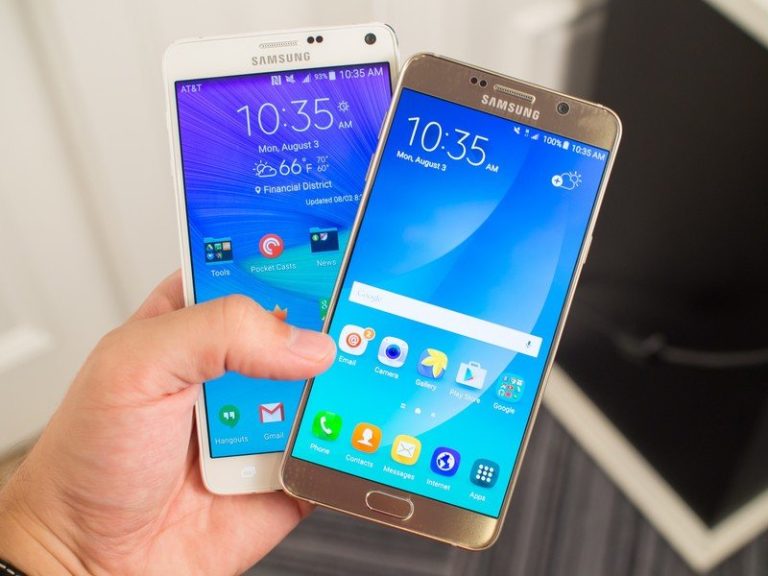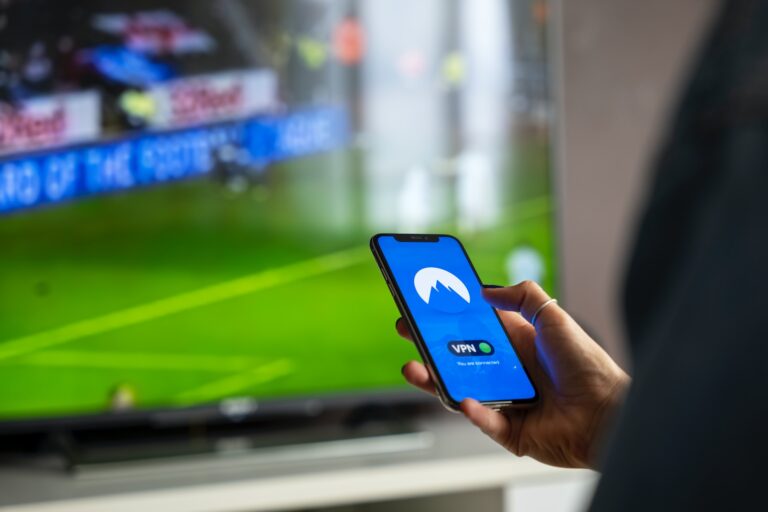How to Hook Up a DIRECTV Box with SWM – Easy Guide
Last Updated on November 4, 2023 by Jhonni Jets

Hooking up a DIRECTV box to a Single Wire Multiswitch (SWM) system can seem daunting at first, but it’s actually a straightforward process if you follow some simple steps. SWM technology allows you to distribute DIRECTV signals throughout your home using just one cable wire per receiver. This eliminates the need for multiple cables running to each room and creates a cleaner, less cluttered installation. In this comprehensive guide, we’ll walk you through everything you need to know to successfully connect your DIRECTV receivers and clients to an SWM system.
Overview of SWM Technology
Before we get into the specifics on connecting your equipment, let’s discuss a little background on SWM technology.
Table of Content
SWM or Single Wire Multiswitch allows you to distribute DIRECTV signals using a single coaxial cable to each receiver. Traditional DIRECTV installations require multiple coaxial cables running to each room – usually a maximum of 4 cables. SWM consolidates those multiple lines down to one cable wire. This is achieved by sending all the satellite frequencies together (or “stacked”) on a single coax cable.
Some key advantages of SWM include:
- Fewer cables for a cleaner, less cluttered installation
- Ability to add more receivers without needing to run additional wires
- Supports HD and DVR services
- Higher efficiency signals with less signal loss
The core SWM components include:
- SWM Multiswitch – Consolidates multiple satellite lines down to one and broadcasts to SWM-compatible receivers.
- SWM Splitters – Splits the single SWM line into multiple outputs for connecting boxes.
- Power Inserter – Inserts power on the SWM line as it can’t pass power natively.
- Green Labeled Receivers – DIRECTV boxes and clients that are compatible with SWM technology.
Now that you understand the general components involved, let’s look at how to actually install and activate DIRECTV receivers on an existing SWM system.
Step 1: Verify SWM Installation
Before connecting your DIRECTV boxes, you first need to verify that you do indeed have an SWM installation. There are a couple ways to check:
- Look for a green SWM label – Open the door where the cables originate and check if there is a green SWM label on the multiswitch.
- Counting cables – Count the number of coaxial cables connected to the multiswitch. SWM is present if there are 8 cables or less.
- Model number – Check the model number of the multiswitch and verify it’s an SWM model. Examples include models like Zinwell WB68, WB616, etc.
If you cannot find any evidence of an SWM installation, your system may be using a legacy multiswitch. In that case, you would need to upgrade to SWM before proceeding.
Step 2: Ground Yourself
Before handling any DIRECTV equipment, it’s important to discharge any static electricity from your body. Static electricity can damage sensitive electronic components. Avoid this by touching a grounded metal object such as your DIRECTV dish, a metal door knob, or even the screws on an electrical outlet cover. This will redirect any static charge away from your body.
Step 3: Connect the Power Inserter
The coaxial cable coming from your dish runs into a power inserter before going to the multiswitch. The power inserter injects electricity over the coax line to power the SWM multiswitch. Connect the power inserter as follows:
- Locate the coaxial cable that runs from your satellite dish into the house.
- Disconnect the cable from any existing multiswitch or splitter it’s currently connected to.
- Attach the “In” port on the power inserter to your cable from the dish using a coaxial splitter if needed.
- Use a new length of coax cable to connect the “Out” port on the power inserter to the “Input” port on the SWM multiswitch.
- Plug the power inserter into an electrical outlet to power it on. A green light indicates proper operation.
The power inserter is now routing power and your satellite signal over the same cable.
Step 4: Connect a SWM Splitter
To hook up multiple DIRECTV boxes, you’ll need to add a SWM splitter. This splits the single SWM line from the multiswitch into multiple outputs for your receivers. Follow these instructions:
- Disconnect the cable currently running from the multiswitch output to your existing receivers.
- Attach this cable to the “In” port on your SWM splitter.
- Connect cables from the splitter’s output ports to your individual DIRECTV boxes in each room you want service.
- Label the cables with room locations to stay organized.
- Try to use similar length cables for optimal signal strength.
- Leave any unused splitter ports capped and terminated.
Your SWM splitter will now deliver the satellite signal to multiple rooms over single runs of coax.
Step 5: Connect DIRECTV Receivers
With your cabling in place, you can now hook up your DIRECTV receivers:
- Make sure all receivers are SWM compatible. Look for the green SWM label on the box.
- Connect the coaxial cable from your SWM splitter directly to the “Satellite In” port on the back of each receiver.
- Connect your TV to the HDMI or other AV outputs on the receiver.
- Repeat this for each additional receiver in other rooms.
- Do not use any legacy multiswitches, splitters, or diplexers as these will disrupt SWM signals.
All your wiring is now ready to deliver SWM satellite signals to every box!
Step 6: Configure Satellite Setup
Once everything is physically connected, the receivers need to be activated and aligned with your dish setup:
- Turn on each DIRECTV receiver and television.
- Perform a system setup and satellite installation on each box.
- Select SWM installation when prompted.
- Pick your dish configuration: Slimline-3 or Slimline-5.
- Enable whole-home DVR service if desired.
- Activate boxes and download any software updates.
- Make sure all your satellite transponders are peaked for optimal signal.
After setup, your receivers will be tuned to receive and display programming from the SWM line. Enjoy!
Tips for Troubleshooting SWM Issues
If you encounter any problems getting your equipment working on the SWM system, here are some tips for troubleshooting:
- Reboot receivers and reset network – This can clear any errors and re-establish communication.
- Check cable connections – Loose fittings or improperly connected cables are common causes of SWM problems.
- Check power inserter light – Should be solid green. Blinking means a wiring issue exists.
- Try bypassing SWM splitters to isolate the problem.
- Verify dish alignment – Improperly aligned dish can cause SWM compatibility problems.
- Check green label receivers – Non-SWM capable boxes won’t work, only green label receivers.
- Call DIRECTV support if issues persist – They can diagnose and pinpoint any system failures.
With some diligent troubleshooting, you should be able to resolve most issues that arise with an SWM installation.
Conclusion
Hooking up your DIRECTV equipment to a Single Wire Multiswitch system is straightforward when you follow the proper steps. Now that you understand how to install and activate SWM receivers, you can take advantage of the benefits this technology offers. With fewer wires cluttering your home, you’ll be able to enjoy DIRECTV service anywhere you want it with optimal efficiency. Just take your time, use quality cabling, and activate the equipment properly. Then you can sit back and enjoy crystal clear satellite TV services throughout your entire home.







